New Hampshire Red Chicken
- January 23, 2024
- 0 comment
The New Hampshire Red Chicken is a distinctive and highly regarded breed in the world of poultry farming. Originating in the early 20th century in the United States, these chickens are the result of meticulous breeding efforts to create a bird that excels in both egg production and meat quality. What sets them apart is their stunning deep chestnut-red plumage, coupled with a medium-sized, robust body and bright red combs and wattles.
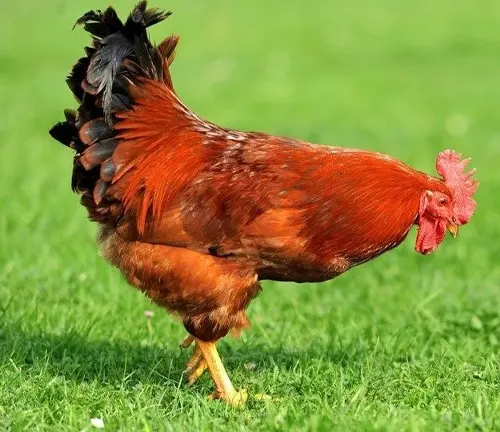
Beyond their striking appearance, New Hampshire Reds are celebrated for their friendly and docile temperament, making them a favored choice for backyard flocks. They are prolific layers of large brown eggs, averaging between 200 to 300 eggs per year, and their meat is renowned for its flavor and tenderness. These chickens are a testament to the perfect balance of aesthetics, utility, and amiable disposition, making them a cherished addition to any poultry enthusiast’s flock.
| Specification | Details |
|---|---|
| Breed Origin | United States, early 20th century |
| Plumage Color | Deep chestnut-red |
| Body Size | Medium-sized |
| Comb and Wattles Color | Bright red |
| Temperament | Friendly and docile |
| Egg Production | 200-300 large brown eggs per year |
| Meat Quality | Flavorful and tender |
| Lifespan | 6-8 years (with proper care) |
| Suitability for Beginners | Excellent choice for novice poultry keepers |
| Free-Range Adaptability | Thrives in free-range environments |
| Dietary Requirements | Balanced diet of protein, grains, and greens |
| Winter Egg Production | Continues to lay eggs during colder months |
| Space per Bird in Coop | 2-3 square feet for comfort |
| Health Considerations | Regular health checks recommended |
| Compatibility with Other Breeds | Generally gets along well with other chickens |
| Predator Protection | Proper coop security and vigilant monitoring |
The Fascinating World of New Hampshire Red Chickens
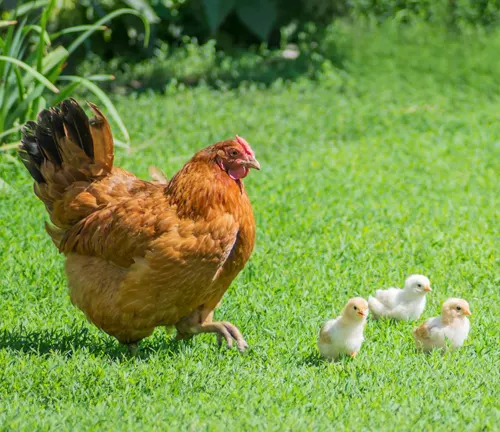
In the vibrant tapestry of poultry farming, New Hampshire Red chickens stand out as one of the most popular and cherished breeds. These birds are renowned for their distinctive characteristics, versatility, and rich history. In this comprehensive guide, we will delve into the world of New Hampshire Red chickens, exploring their origins, unique attributes, care requirements, and much more. Join us on this feathered journey to discover what makes these chickens so special.
Origins of New Hampshire Red Chickens
A Historical Perspective
The story of the New Hampshire Red chicken begins in the early 20th century in the United States. These birds are a product of careful breeding and selection. They are descendants of the Rhode Island Red chicken, which was developed primarily for egg production. The New Hampshire Red breed, however, was refined to excel in both egg laying and meat production.
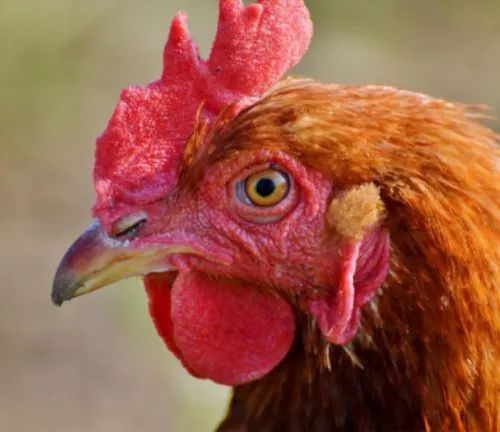
Distinctive Appearance
One of the standout features of the New Hampshire Red is its striking appearance. These chickens have a deep, rich chestnut-red plumage that catches the eye. Their feathers are smooth, and they have a sturdy, medium-sized body with a well-developed breast. Their bright red comb and wattles add to their attractive appearance.
Characteristics and Behavior
Temperament
New Hampshire Red chickens are known for their friendly and docile nature. They make excellent additions to backyard flocks and are often favored for their calm demeanor. Their sociable disposition makes them easy to handle and interact with.
Egg Production
For those seeking fresh eggs, New Hampshire Reds are a top choice. These chickens are prolific layers of large brown eggs. On average, they can produce up to 200 to 300 eggs per year, making them a valuable asset to any egg-centric poultry farm.
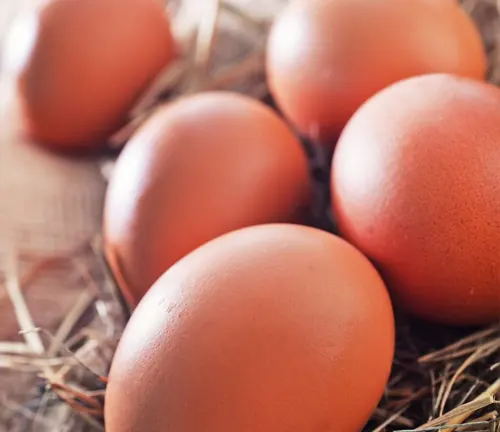
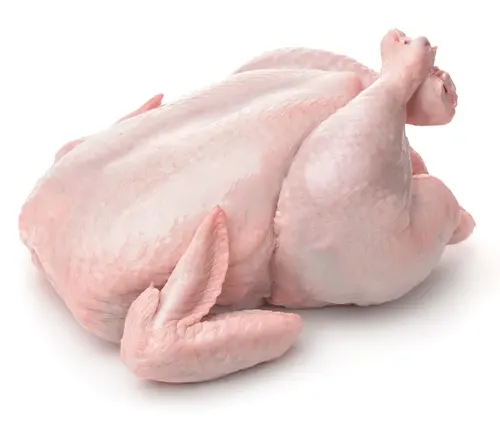
Meat Quality
Not only are they prized for their egg-laying abilities, but New Hampshire Reds are also highly regarded for their meat. The meat is flavorful, tender, and boasts excellent texture, making it a favorite for those who appreciate quality poultry on their plate.
Caring for New Hampshire Red Chickens
Housing
Providing a safe and comfortable coop is essential for New Hampshire Red chickens. They require adequate space to move around and roost comfortably. Ensure proper ventilation and protection from predators to keep your flock healthy and secure.

Feeding
Maintaining a balanced diet is crucial for the overall health of your New Hampshire Reds. A diet rich in protein, grains, and fresh greens will keep them happy and thriving. Access to clean, fresh water is also essential.

Health Considerations
Regular health check-ups and vaccinations are vital to prevent diseases and maintain the well-being of your flock. Keep an eye out for any signs of illness and consult with a veterinarian if necessary.
Breeding and Reproduction
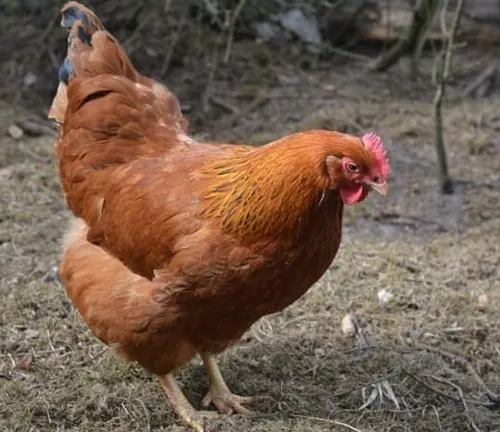
Broodiness
New Hampshire Red hens can exhibit broodiness, which is their natural instinct to sit on eggs and hatch chicks. If you plan to breed these chickens, you can allow a broody hen to incubate eggs or use an incubator for hatching.
Rooster Role
Introducing a rooster to your flock is necessary for natural reproduction. Roosters play a vital role in fertilizing eggs, leading to successful hatching.
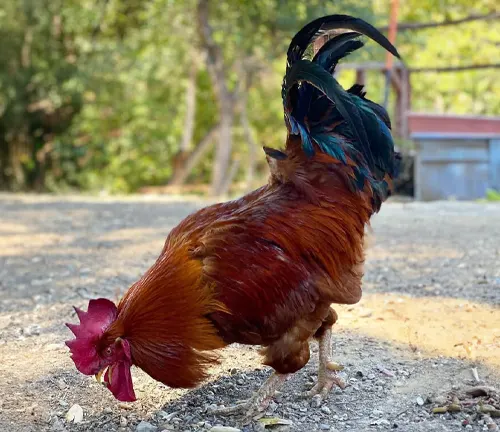
Different Species
The New Hampshire Red is actually a specific breed of chicken, rather than a species. However, within the New Hampshire Red breed, there can be variations in terms of color and markings. The New Hampshire Red chicken is characterized by its deep chestnut-red plumage, but there are different strains or lines within the breed that may have slight variations in coloration.
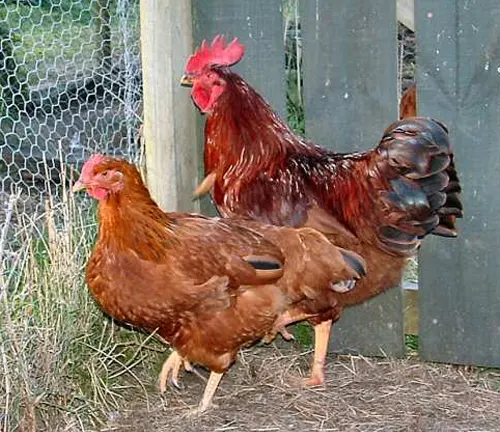
Frequently Asked Question (FAQs)
- What are New Hampshire Red chickens known for?
New Hampshire Red chickens are known for their excellent egg-laying abilities and high-quality meat production. - What is the history of the New Hampshire Red breed?
The breed originated in the United States in the early 20th century as a result of selective breeding from Rhode Island Red chickens. - What does a New Hampshire Red chicken look like?
They have a distinctive deep chestnut-red plumage, a medium-sized body with a well-developed breast, and bright red combs and wattles. - Are New Hampshire Reds suitable for backyard flocks?
Yes, they are often chosen for backyard flocks due to their friendly and docile nature. - How many eggs can I expect from a New Hampshire Red hen each year?
On average, they can produce between 200 to 300 brown eggs per year. - What is the meat quality of New Hampshire Red chickens like?
Their meat is known for its flavor, tenderness, and excellent texture, making it a favorite for those who appreciate quality poultry. - Do New Hampshire Reds require special care during the winter months?
They can withstand cold weather well, but providing adequate shelter and insulation is advisable. - Can I breed New Hampshire Red chickens at home?
Yes, you can breed them either by allowing broody hens to hatch eggs or by using an incubator. - Do I need a rooster to breed New Hampshire Reds?
Yes, you will need a rooster for natural reproduction and fertilization of eggs. - Where can I purchase New Hampshire Red chicks or eggs?
You can find them at local hatcheries, poultry farms, or through reputable breeders.


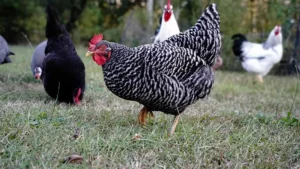


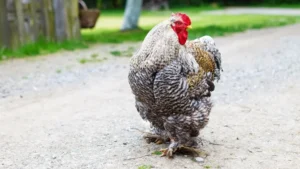






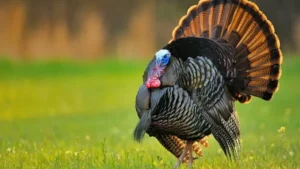

Leave your comment